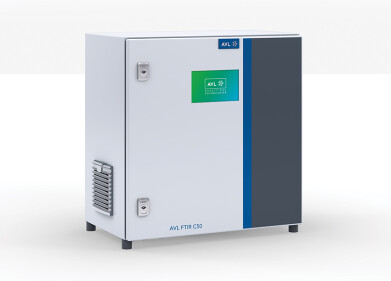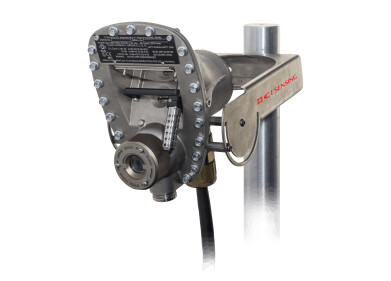Air Monitoring
US government look for innovative personal air quality sensor
Jun 08 2012
US government departments have combined in an attempt to find a personal, portable sensor which can monitor air pollution and measure the physiological response air quality has on a person.
The US Environmental Protection Agency (EPA), National Institute of Environmental Health Sciences (NIEHS) and Department of Health and Human Services (HHS) Office of the National Coordinator for Health Information Technology have recently announced a challenge for inventors to design technology which will find out what the impact of air pollution is on peoples’ health.
The challenge is called My Air, My Health Challenge, and is looking for a device which can be carried around or worn with ease, and can detect for a plausible link between air pollution and health, such as heart rate and breathing. The data collected from the device should also be available to be viewed publicly, in order to enhance public knowledge of air quality and health.
NIEHS director Linda Birnbaum said: “Men, women, children — we’re all different, and our bodies react in different ways to pollution and other harmful toxins in our environment.
“We believe pairing health researchers with technology innovators will help us get the tools we need for a more complete picture of what people are breathing and how it might affect their health.”
Dr. Peter Preuss, chief innovation officer for the EPA’s Office of Research and Development, said that inexpensive and portable sensors were key to future air pollution records.
He said: “HHS and EPA designed this challenge to enable simultaneous measurement of what people are actually breathing — the nose-level exposure — and measurements of how their body is reacting — heart rate, lung function — to those pollutants."
The government departments have offered $15,000 to finalists to help develop their ideas into working prototypes. The overall winner will be awarded $100,000 for the sensor deemed the most effective solution for integrating usable physiological and air quality data that is meaningful to long-term health outcomes.
Posted by Joseph Hutton
Digital Edition
AET 28.2 April/May 2024
May 2024
Business News - Teledyne Marine expands with the acquisition of Valeport - Signal partners with gas analysis experts in Korea Air Monitoring - Continuous Fine Particulate Emission Monitor...
View all digital editions
Events
Jul 10 2024 Birmingham, UK
Jul 21 2024 Cape Town, South Africa
Australasian Waste & Recycling Expo
Jul 24 2024 Sydney, Australia
Jul 30 2024 Jakarta, Indonesia
China Energy Summit & Exhibition
Jul 31 2024 Beijing, China


















